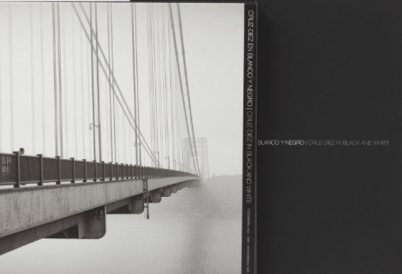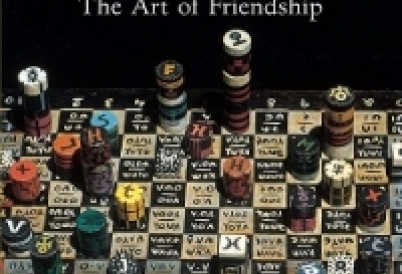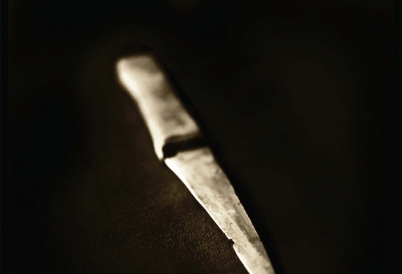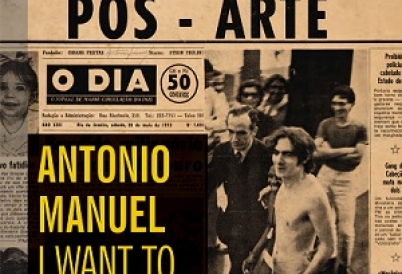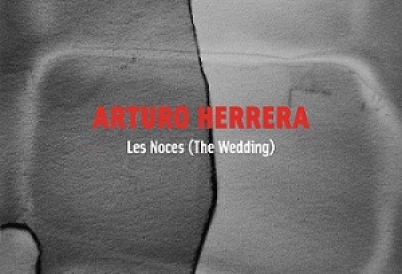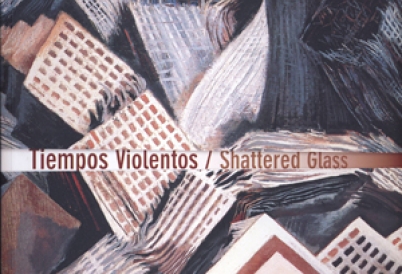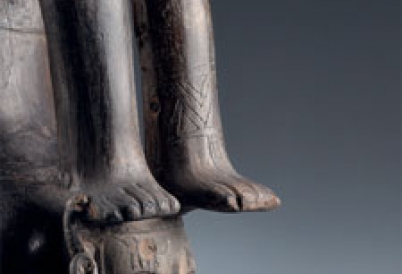The publication Cruz-Diez in Black and White documents unseen photos from the color theorist.
Available for purchase, the catalogue Xul Solar and Jorge Luis Borges: The Art of Friendship documents the eponymous exhibition at Americas Society.
This publication describes the artist's New York show focusing on issues related to violence, memory, and the socio-political construction of identity.
The publication Antonio Manuel: I Want to Act, Not Represent! is produced in conjunction with the eponymous exhibition held at Americas Society’s Art Gallery. This catalogue features reproductions of Antonio Manuel’s artwork from the 1960s and 70s, in which he manipulates images appropriated from the mass media, explores performance and video art techniques, and reinterprets the human body itself as a vehicle for art.
Americas Society released a fully illustrated publication about the exhibition Arturo Herrera: Les Noces (The Wedding), which explored the relationship between abstraction, animation, modern dance, and music. The catalogue features essays by Nuit Banai, Lynn Garafalo, and Gabriela Rangel, as well as interviews with Herrera, Christopher Newton, and Dame Monica Mason.
Americas Society is pleased to announce the December 9 presentation by Americas Society Visual Arts Director Gabriela Rangel of the Tiempos Violentos/Shattered Glass catalague at the Museo de Arte Carrillo Gil in Mexico City. This bilingual publication includes essays by guest curators Bertha Aguilar, Alejandra Olvera and Sandra Zetina. It is also fully illustrated and presents over 75 color images, including all the pieces exhibited as well as many others.
Art and Myth in Ancient Peru: The History of the Jequetepeque Valley is an exhibition that showcases Pre-Columbian art from the north coast of Peru, presenting 3,000 years of the region’s cultural history, illustrating the diverse artistic styles employed by the various societies that occupied the Valley.







